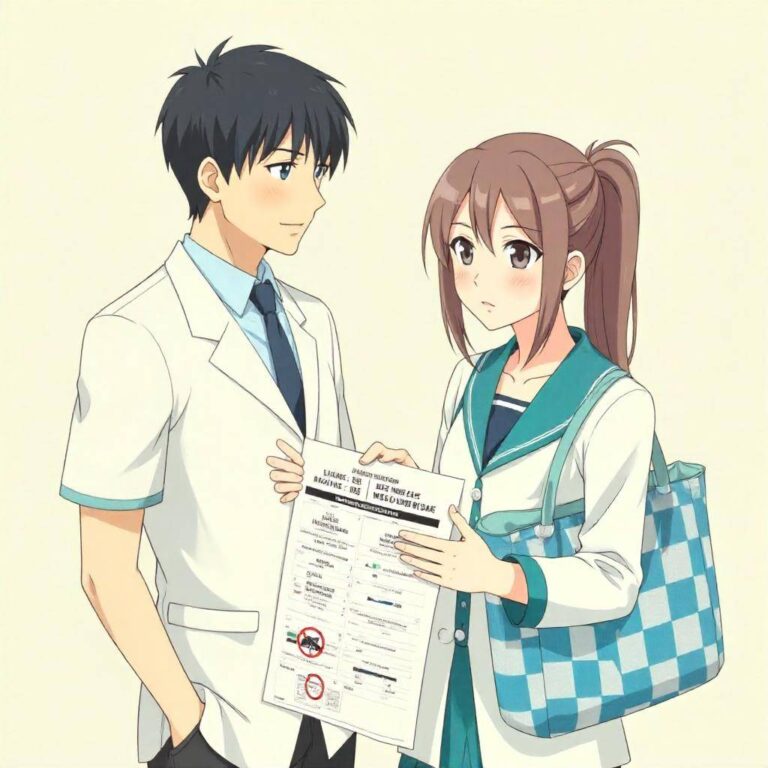Question from a reader:
I recently had a traffic accident. While on my way to a lecture as critic A, I was in a taxi when I was rear-ended by another car. I sustained a cervical spine injury and was hospitalized for a month, and I am still receiving outpatient treatment. I paid about 1 million yen for medical and hospitalization
expenses, but the costs were high because I chose a private room. Furthermore, I lost 100,000 yen in fees due to canceling the lecture, and my income decreased by about 2 million yen because I took three months off work. The impact of the accident has also led to a reduction in subsequent work requests, resulting in a significant decrease in my income. On the other hand, B, who organized the lecture, also lost 2 million yen in income because of having to refund the entrance fees due to my cancellation. In this situation, what kind of claims can B and I make against D, who rear-ended us? I would appreciate your urgent advice.
Traffic Accidents and Damage Compensation Claims: Lessons Learned from My Experience
Experiencing a traffic accident is an unfortunate event that can happen to anyone. Recently, I received a question from a reader, and I have also experienced a similar accident in the past. This time, I would like to discuss the specific process of damage compensation claims, incorporating a legal perspective based on my experience.
Organizing the Accident Situation
First, let’s organize the situation of the accident. The reader mentioned that they were rear-ended while in a taxi on the way to a lecture, resulting in a cervical spine injury. In such cases, it is important to clarify the cause of the accident and the degree of negligence. It is clear that D, who rear-ended, bears significant fault, but the taxi driver may also have had some duty of care. What is crucial here is to accurately understand the cause of the accident and gather evidence. When I had my accident, gathering witness testimonies and taking photos of the accident scene helped facilitate smooth negotiations with the insurance company later. It is important to record the details of the accident as thoroughly as possible.
Confirming the Types of Damages
Next, let’s confirm the types of damages. The damages incurred by the reader can be broadly categorized as follows: 1. Medical expenses: Costs incurred for hospitalization and outpatient treatment. The fact that the costs were high due to choosing a private room should also be considered. 2. Lost income: Losses resulting from work stoppage due to the accident. This includes the 100,000 yen in fees lost and the 2 million yen decrease in income from three months of absence. 3. Compensation for mental anguish: The mental pain caused by the accident is also subject to compensation claims. 4. Other losses: The damages suffered by B, the organizer of the lecture, also need to be considered. I personally felt significant stress mentally due to not being able to work in addition to the treatment after the accident. Such losses require not only monetary compensation but also mental care.
The Process of Claiming and Required Documents
Now, regarding how to proceed with the claim, it is important to first prepare the necessary documents. The following documents will likely be required: – Accident certificate – Medical certificate – Lost income certificate – Witness testimonies and contact information When I made my claim after the accident, I ensured that these documents were well organized and submitted them to the insurance company. In particular, it is important to have the medical certificate accurately filled out by the doctor to ensure its reliability.
Options for Claiming
Next, regarding the options for claiming, there are typically the following choices: 1. Your own insurance company: Claiming from the insurance you are enrolled in. You may receive compensation for medical expenses and lost income. 2. The other party’s insurance company: Directly claiming from D’s insurance company. If the other party’s negligence is clear, this will be the primary claim destination. After my accident, I made claims to both my insurance company and the other party’s insurance company. Initially, the procedures felt complicated, but consulting with experts allowed me to proceed smoothly.
Calculating Compensation for Mental Anguish
Let’s also touch on how to calculate compensation for mental anguish. Compensation is generally calculated based on the following factors: – Duration of treatment: The period from the accident until treatment is completed. – Presence of aftereffects: If there are any aftereffects, the amount will be adjusted according to their severity. – Circumstances of the accident: The degree of negligence and the nature of the accident will also be considered. In my case, since the treatment period was prolonged, the compensation for mental anguish was increased accordingly. The specific amount requires specialized calculations, but it is generally calculated as treatment period × number of days × standard amount.
Conclusion
In the reader’s case, there have been many losses due to the impact of the accident, so a solid claim is necessary. Traffic accidents are sudden events that impose a significant burden both physically and mentally. However, through legal procedures, you can mitigate the losses for yourself and those around you. From my own experience of overcoming the difficult period after the accident, I realized how important legal knowledge is. If you have any questions or concerns, consider consulting with an expert. Receiving appropriate advice may lead to better outcomes. Though the impact of the accident has made this a challenging time both physically and mentally, let’s cherish our daily lives and gradually move forward. I sincerely wish for your recovery and resurgence.



